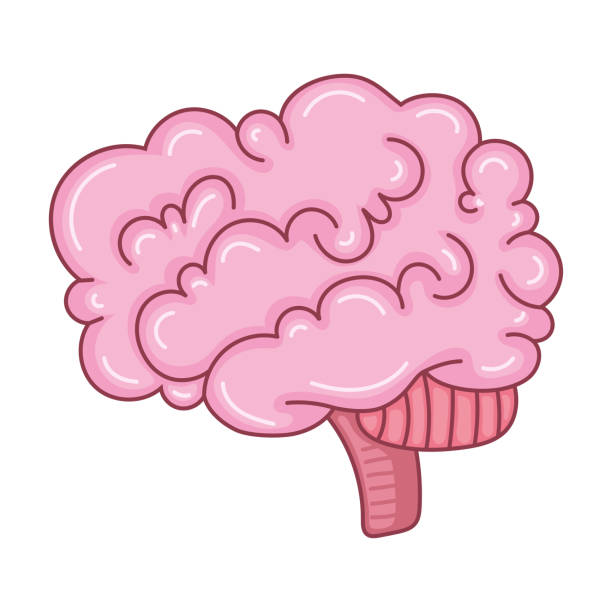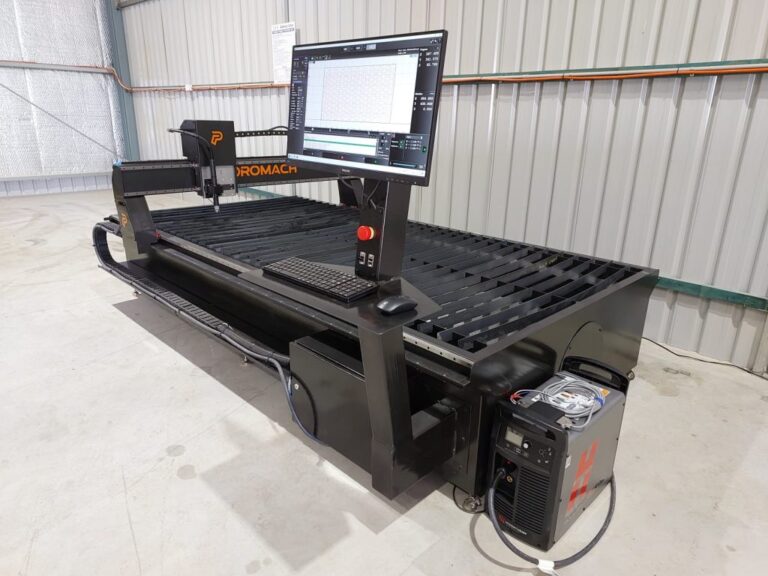The study of the neocortex, the part of the brain responsible for higher-order brain functions such as sensory perception, cognition, and motor control, has greatly benefited from recent technological advances. These innovations have provided researchers with powerful tools to explore the structure and function of the neocortex with unprecedented precision. Here, we discuss some of the most significant technological breakthroughs in neocortical research, including advanced imaging techniques, genetic tools, optogenetics, brain-computer interfaces, and machine learning.
Advanced Imaging Techniques
Two-Photon Microscopy
Two-photon microscopy has revolutionized the way researchers study the neocortex at the cellular and subcellular levels. This technique allows for deep tissue imaging with minimal photodamage, making it possible to observe living neurons in action within the intact brain.
- In Vivo Imaging: Two-photon microscopy enables real-time visualization of neuronal activity and synaptic interactions in animal models. Researchers can study the dynamics of synaptic plasticity, dendritic growth, and neural circuitry with high spatial and temporal resolution.
- Functional Imaging: Combined with fluorescent calcium indicators, two-photon microscopy allows for the measurement of neuronal activity based on calcium influx, providing insights into how neurons and networks process information.
Functional Magnetic Resonance Imaging (fMRI)
Functional MRI continues to evolve, offering improved resolution and novel applications for studying the neocortex.
- High-Resolution fMRI: Advances in MRI technology, such as ultra-high field MRI scanners operating at 7 Tesla (7T) and above, have significantly increased the spatial resolution of fMRI, allowing researchers to observe fine details of neocortical organization and activity.
- Resting-State fMRI: This technique is used to study the functional connectivity of the neocortex during rest, providing insights into intrinsic brain networks and their alterations in various neurological and psychiatric conditions.
Functional Ultrasound Imaging (fUS)
Functional ultrasound imaging (fUS) is an emerging technique that measures brain activity by detecting changes in blood flow with high spatial and temporal resolution.
- Neurovascular Coupling: fUS provides a non-invasive method to study neurovascular coupling and brain hemodynamics in real-time, making it a valuable tool for investigating neocortical function and dysfunction.
Genetic Tools
CRISPR/Cas9 Genome Editing
CRISPR/Cas9 has revolutionized genetic research by providing a precise and efficient method for editing the genome.
- Gene Knockout and Knock-In: Researchers can use CRISPR/Cas9 to create animal models with specific genes knocked out or modified, allowing for the study of gene function in neocortical development and function.
- Gene Regulation: CRISPR/Cas9-based techniques, such as CRISPRa and CRISPRi, enable the upregulation or downregulation of gene expression, providing insights into the roles of specific genes in neocortical processes.
Single-Cell RNA Sequencing
Single-cell RNA sequencing (scRNA-seq) allows for the comprehensive analysis of gene expression at the single-cell level.
- Cell Type Identification: This technique has led to the identification of numerous distinct cell types within the neocortex, revealing the complexity and diversity of neuronal and non-neuronal populations.
- Developmental Trajectories: scRNA-seq enables the study of developmental trajectories of neocortical cells, providing insights into how different cell types emerge and mature over time.
Optogenetics
Optogenetics, which uses light to control genetically modified neurons that express light-sensitive ion channels, has become a fundamental tool in neuroscience research.
- Precise Control of Neuronal Activity: Researchers can selectively activate or inhibit specific neurons or neural circuits with high temporal precision, allowing for the study of their roles in behavior and cognition.
- Functional Mapping: Optogenetics can be used to map functional connections within the neocortex, revealing how different regions and cell types interact to process information.
Brain-Computer Interfaces (BCIs)
BCIs are devices that enable direct communication between the brain and external devices, offering new possibilities for studying and manipulating neocortical function.
Neural Recording and Stimulation
Advanced BCIs can record neural activity from multiple sites within the neocortex and provide targeted stimulation.
- Closed-Loop Systems: These systems can monitor brain activity in real-time and deliver precise stimulation based on the detected signals, offering new approaches for studying neural circuits and treating neurological disorders.
- Prosthetic Control: BCIs have been developed to enable individuals with paralysis to control prosthetic limbs or computer cursors using their neural signals, demonstrating the potential for restoring lost functions through direct brain-machine interfaces.
High-Density Electrode Arrays
High-density electrode arrays, such as Neuropixels probes, have significantly increased the capacity for neural recording.
- Large-Scale Neural Recording: These arrays can simultaneously record from thousands of neurons across multiple brain regions, providing comprehensive data on neural activity patterns and inter-regional interactions.
- Long-Term Stability: Advances in materials and design have improved the stability and longevity of these devices, enabling long-term studies of neural dynamics and plasticity in the neocortex.
Machine Learning and Data Analysis
The application of machine learning techniques to neuroscience data has opened new avenues for analyzing complex datasets and uncovering hidden patterns.
Neural Data Analysis
Machine learning algorithms are used to analyze large-scale neural recordings and imaging data.
- Pattern Recognition: Machine learning can identify patterns in neural activity that correspond to specific cognitive or behavioral states, helping researchers understand how the neocortex processes information.
- Predictive Modeling: These algorithms can be used to build predictive models of neural activity, offering insights into how the brain responds to different stimuli and conditions.
Brain Network Analysis
Graph theory and network analysis techniques are applied to study the connectivity and organization of neocortical networks.
- Functional Connectivity: These techniques help researchers understand how different regions of the neocortex communicate and coordinate during various cognitive tasks.
- Network Dynamics: Machine learning can be used to model the dynamic changes in network connectivity that occur during learning, development, and disease.
Organotypic and In Vitro Models
Brain Organoids
Brain organoids, or “mini-brains,” are three-dimensional cultures derived from human stem cells that recapitulate aspects of brain development and organization.
- Modeling Development: Brain organoids provide a model system for studying neocortical development and the effects of genetic and environmental factors on brain formation.
- Disease Modeling: Researchers use organoids to model neurological diseases and screen potential therapeutic interventions, offering a platform for personalized medicine.
In Vitro Neural Networks
Advances in cell culture techniques have enabled the development of in vitro neural networks that mimic the connectivity and function of the neocortex.
- Microfluidic Devices: Microfluidic platforms allow for precise control of the cellular environment and the study of neural network dynamics in vitro.
- Electrophysiological Recording: High-throughput electrophysiological systems enable the monitoring of activity in cultured neural networks, providing insights into the principles of neural circuit function and plasticity.
Conclusion
The latest technological advances in neocortical research have significantly enhanced our understanding of the structure and function of this critical brain region. Techniques such as advanced imaging, genetic tools, optogenetics, brain-computer interfaces, and machine learning have provided researchers with powerful tools to investigate the neocortex with unprecedented precision. These innovations continue to drive forward our knowledge of the neocortex, offering new insights into its role in cognition, behavior, and neurological diseases, and paving the way for novel therapeutic interventions.




















